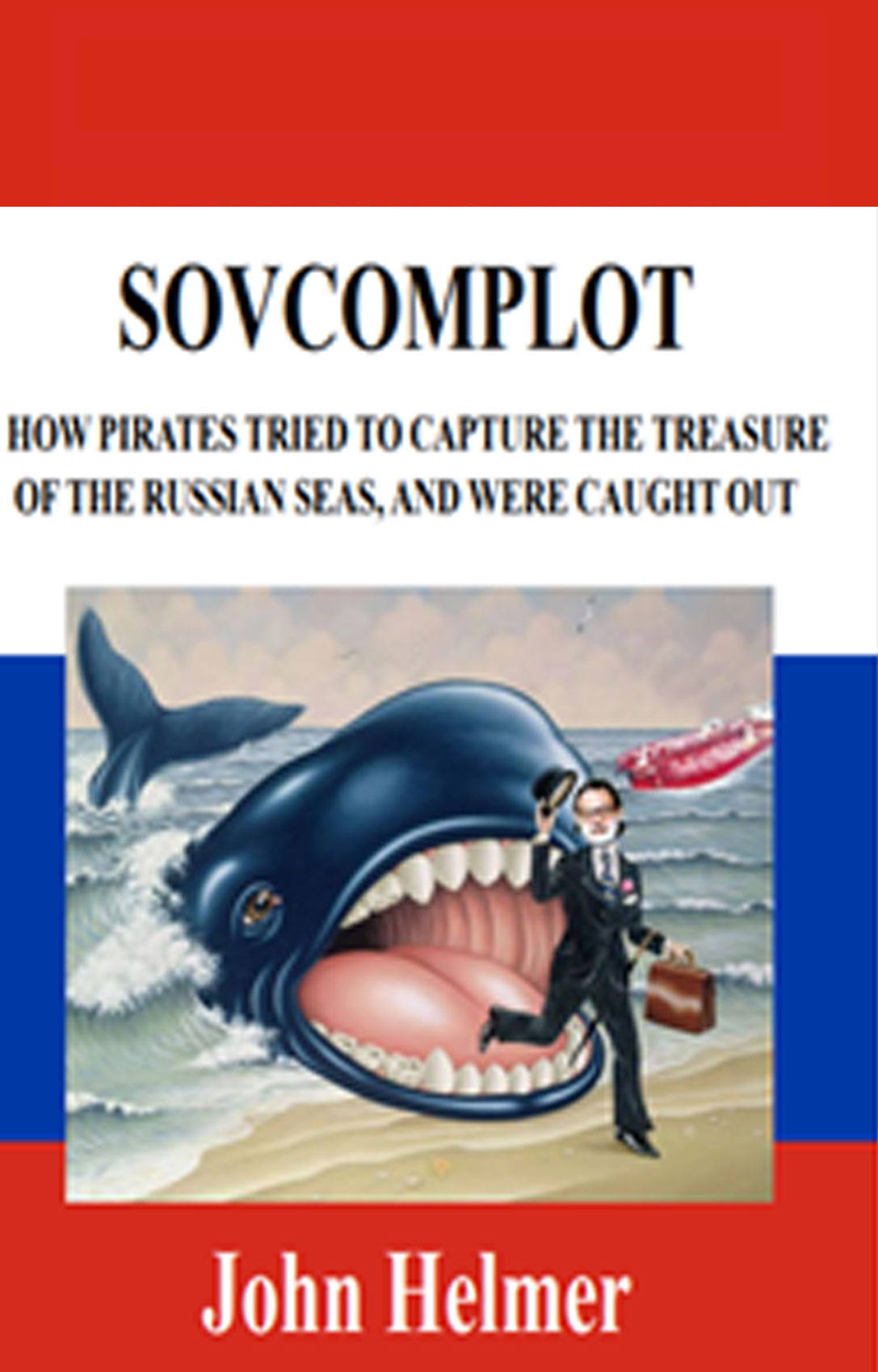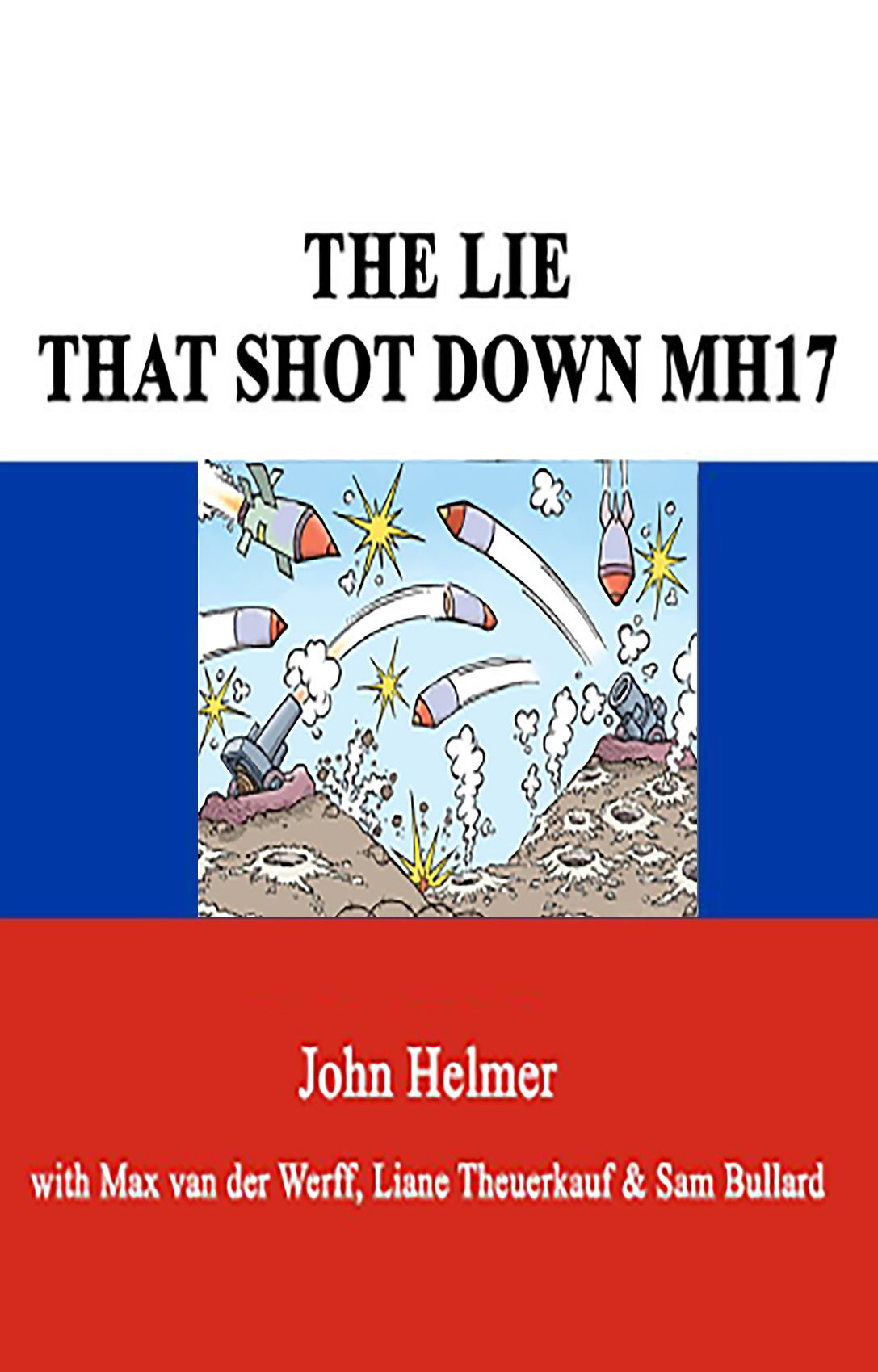
By John Helmer in Moscow
Russia’s resources tsar, Deputy Prime Minister Igor Sechin, is considering a new plan to award the mining right to Sukhoi Log, one of the largest unmined gold deposits in the world, to a special-purpose company backed by Russian Technologies, the state metals and minerals conglomerate run by Sechin’s old ally, Sergei Chemezov. Operator and goldminer in the proposal is Lenzoloto. If Sechin approves the plan, it would become independent of controlling shareholder, Polyus Gold.
Chemezov’s group already owns and operates VSMPO-Avisma, the titanium and magnesium monopoly in Russia; to which the group has been looking to add additional alloy minerals, such as molybdenum. Chemezov’s Russpetsstal (“Russian Special Steel”) unit currently operates several plants for special steels and alloys used in the aviation and aerospace industries, and is planning to add more. Chemezov is also a development partner in the large unmined Udokan copper deposit. Although gold is not thought of in Moscow as a strategic mineral for military purposes, a move by Chemezov to put the long-delayed Sukhoi Log deposit into development would confirm the trend towards state sponsorship of resource projects, which the commercially owned, publicly listed Russian mining companies cannot afford right now.
Lenzoloto is based in the Irkutsk region, and held the Sukhoi Log mining licence in a joint venture with an Australian junior, Star Mining, between 1993 and 1997. A Russian listed company (LNZL:RU), 64% of the shares are held by Polyus Gold (PLZL:RU), which bought up Lenzoloto’s shares in 2004 and 2005. Another 25% stake is held by the Westway Alliance Corporation, a British Virgin Islands holding. Financial reports by Polyus Gold indicate that, after paying a total of $199.3 million for its takeover — a price Polyus sources later acknowledged to have been pushed up by competitive positioning among several Russian mining groups – it wrote down the value of the asset by $114.6 million.
Production of gold by Lenzoloto comes from alluvial dredging, and totaled 181,000 ounces in 2008, close to the results achieved in 2006 and 2007. Without the Sukhoi Log mining right, which the Kremlin has delayed reissuing for more than a decade, the current market capitalization of Lenzoloto is just $31 million.
This may be just the low-price springboard for Sukhoi Log that Sechin and Chemezov are looking for. Two sources have confirmed for Minesite that Sechin’s office has ordered an investigation of the feasibility of awarding the Sukhoi Log mining licence to a combination of Russian Technologies and Lenzoloto. One is in the department of Russian Technologies which is doing the current study. Official correspondence also confirms the plan outline and study now under way.
The second source, at the Ministry of Natural Resources, confirms that the request for a study of the new proposal has come from Sechin’s office. Reserve evaluations and feasibility studies, including drilling, have already been done on Sukhoi Log by South Africa’s SRK in 1996-97; by Placer Dome and Barrick Gold (ABX:US) in 1998-1999; and in 2008 by the Russian mine consultancy, TsNIGRI (Central Geological Research Institute for Nonferrous and Precious Metals). Old estimates of Sukhoi Log’s reserves at around the 30-million ounce mark have doubled to over 60 million oz.
In its reassessment of the deposit and mine options, TsNIGRI reports that in the fourth year of project start-up, gold production would be about 225,000 oz. At full capacity four years later, the production estimate is 1.3 million oz annually.
The proposal on Sechin’s desk anticipates the government would authorize Russian Technologies to buy back the control stake of Lenzoloto from Polyus Gold, after which Lenzoloto would apply for the Sukhoi Log mining licence.
If that is granted, the compensay would then issue another 25% of its shares to state banks, in return for financing for the project. The additional emission would be preference shares only, in order for Russian Technologies to preserve full control over the project. The sum to be raised would be about $2 billion. Later, it is proposed, the state banks would sell these shares to strategic investors. This is likely to be where foreign mining investors, probably the Chinese, will get their look-in.
International and Russian mining analysts have told Minesite that without fresh mine planning of this kind, there are two scenarios for the Russian goldmining sector – a standstill on all new projects with capex of more than $1 billion. Or a reallocation by the Kremlin of mining rights to state-sponsored SPVs, which will then be authorized to seek direct capital subscription from the nearest and biggest source of cash, China’s mining groups. With the blessing of Prime Minister Vladimir Putin, and the government’s foreign investment commission, Sechin has already arranged similar schemes for Chinese and Indian debt and equity investment in the oil and gas sector. Now it seems, it’s the turn of the hard-rock mining sector – but with a modification of the national champion concept that prevailed at Sechin’s office until last year’s crash.
To US investment analyst, Kim Iskyan, the national champion scenario has run out of gas; that is to say, cash. On the one hand, Iskyan, in a report this week by Eurasia Group of Washington and London, says that “the Russian government is a clear advocate of national champion companies in the domestic economy, and the lack of a Kremlin standard-bearer in the metals and mining sector is an obvious omission from the government’s portfolio.” On the other, he concedes this hasn’t happened. All that the Kremlin has managed to do so far, according to Iskyan, is to make “clear that it will do everything necessary to prevent foreign shareholders from taking significant stakes in so-called strategic companies that control significant natural resources…it is unlikely that the Russian government’s attitude towards what is sometimes perceived as foreign encroachment on the country’s national treasures will change anytime soon.”
In the gold sector, Polyus recently told bank and brokerage analysts that if the federal government won’t fund a large chunk of the development costs of its present mine portfolio, it will postpone mine development. This evident violation of the licensing terms is being winked at, not least of all because federal officials claim they haven’t the budget money available. Polyus said recently it is seeking to raise $320 million from the state infrastructure investment fund, supervised by Deputy Prime Minister Dmitry Kozak. But Kozak has already announced that the fund is closed for new projects for this year. That means postponement until 2010 at the very earliest for Polyus’s Nezhdaninskoye gold project in Sakha. Delays at other Polyus projects, such as Natalka, have already been conceded to be even longer.
The papers setting out the Lenzoloto takeaway for Sukhoi Log acknowledge that Polyus Gold is unwilling or unable to commit its cash or borrowing capacity to bid, and then to build the billion-dollar mine complex. But if the state investment funds and state banks also admit to being stretched for funds, where will Sechin and Chemezov turn for start-up cash, if the new project gets the green light?
The answer was hinted at in a little noticed footnote to the official communiqués of the visit to Moscow China’s President Hu Jintao. The new round of Sino-Russian talks took place in mid-June. On the sidelines it was reported that the China National Gold Group Corporation (CNGGC) had signed a cooperation agreement with Viktor Vekselberg’s Renova group to consider gold and platinum prospects Vekselberg controls in the Kamchatka region. Once known as Koryakgeoldobycha (KGD), the alluvial platinum and hard-rock gold assets have been on sale to Russian and international miners for several years, without attracting a buyer.
CNGGC is a Chinese government-owned company, with the claim to be the largest single gold producer in China, and holder through wholly, majority, or minority owned stakes, of 30% of China’s gold reserves and resources. CNGC is also the parent of Zhongjin Gold Corporation (600489:CH), one of the fastest risers among China’s publicly listed mining companies. In the past month, Zhongjin’s share price has jumped 74% on the Shanghai exchange. Its current market cap is the equivalent of $750 million.
Renova spokesman, Andrei Shtorkh, isn’t giving details of Renova’s agreement with CNGGC. That would be dwarfed by the deal, if Sechin and Chemezov decide to open the Sukhoi Log goldmine to state-backed investment from both Moscow and Beijing.











Leave a Reply